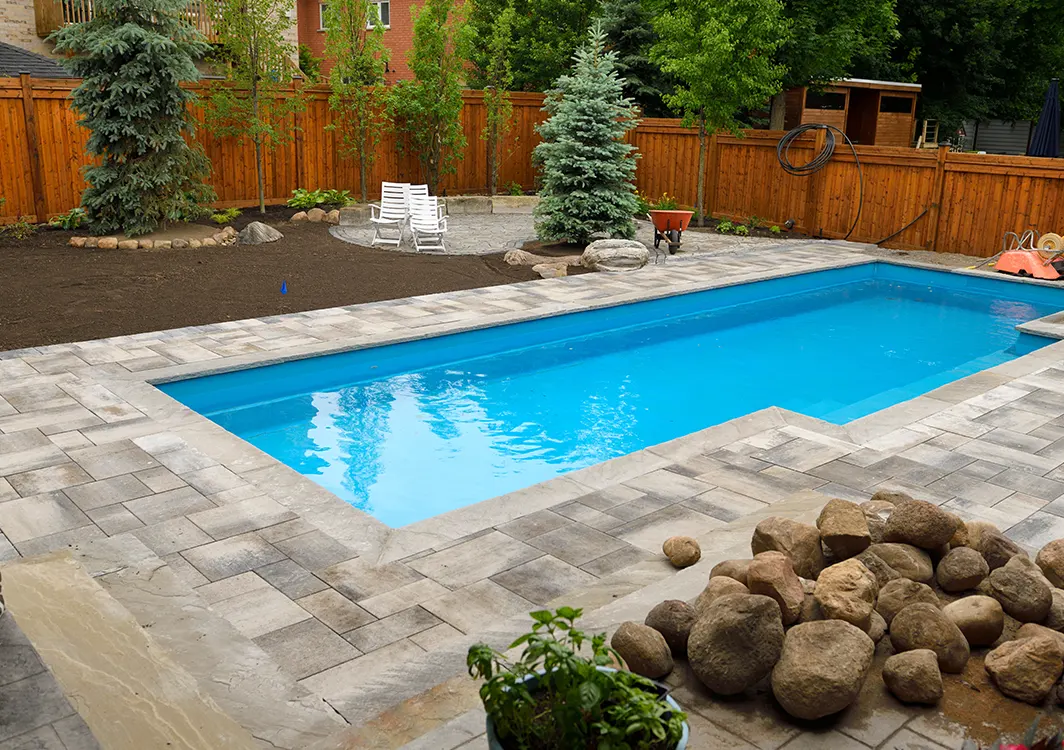PVC (polyvinyl chloride) pipe is a popular choice for pool plumbing because it is durable, affordable, and easy to install. There are a few different types of PVC pipe that are commonly used for pool plumbing, and the best type for your pool will depend on the size and layout of your pool, as well as the specific needs of your pool system.
Schedule 40 PVC Pipe
Schedule 40 PVC pipe is the most common type of PVC pipe used for pool plumbing. It is made from thick-walled PVC that is strong enough to withstand the pressure of pool water. Schedule 40 PVC pipe is available in a variety of sizes, from 1/2 inch to 4 inches in diameter.
Schedule 80 PVC Pipe
Schedule 80 PVC pipe is a heavier-duty type of PVC pipe that is often used for larger pools or pools with high water pressure. Schedule 80 PVC pipe is made from thicker-walled PVC than Schedule 40 PVC pipe, and it is more resistant to cracking and breaking. Schedule 80 PVC pipe is available in a variety of sizes, from 1/2 inch to 4 inches in diameter.
CPVC Pipe
CPVC (chlorinated polyvinyl chloride) pipe is a type of PVC pipe that is made from a more durable type of PVC that is resistant to chemicals. CPVC pipe is often used for pool plumbing because it is resistant to the chemicals that are used to treat pool water. CPVC pipe is available in a variety of sizes, from 1/2 inch to 4 inches in diameter.
ABS Pipe
ABS (acrylonitrile butadiene styrene) pipe is another type of PVC pipe that is often used for pool plumbing. ABS pipe is similar to PVC pipe in terms of durability and affordability, but it is not as resistant to chemicals as CPVC pipe. ABS pipe is available in a variety of sizes, from 1/2 inch to 4 inches in diameter.
Choosing the Right Type of PVC Pipe
The best type of PVC pipe for your pool will depend on the size and layout of your pool, as well as the specific needs of your pool system. If you are unsure about which type of PVC pipe to use, consult with a pool professional.
Installing PVC Pipe
PVC pipe is easy to install, and most homeowners can do it themselves with the right tools and materials. Here are the basic steps for installing PVC pipe:
- Cut the PVC pipe to the desired length using a hacksaw or PVC cutter.
- Deburr the ends of the PVC pipe using a deburring tool.
- Apply PVC primer to the ends of the PVC pipe.
- Apply PVC cement to the ends of the PVC pipe.
- Slide the PVC pipe together and twist to create a watertight seal.
- Use PVC fittings to connect the PVC pipe to other components of your pool system.
Maintaining PVC Pipe
PVC pipe is a low-maintenance material, but it is important to inspect it regularly for signs of damage. If you see any cracks, leaks, or other damage, repair it immediately. You should also clean the PVC pipe regularly to remove any dirt, debris, or algae that could build up and cause problems.
By following these tips, you can ensure that your PVC pool plumbing will last for many years.

